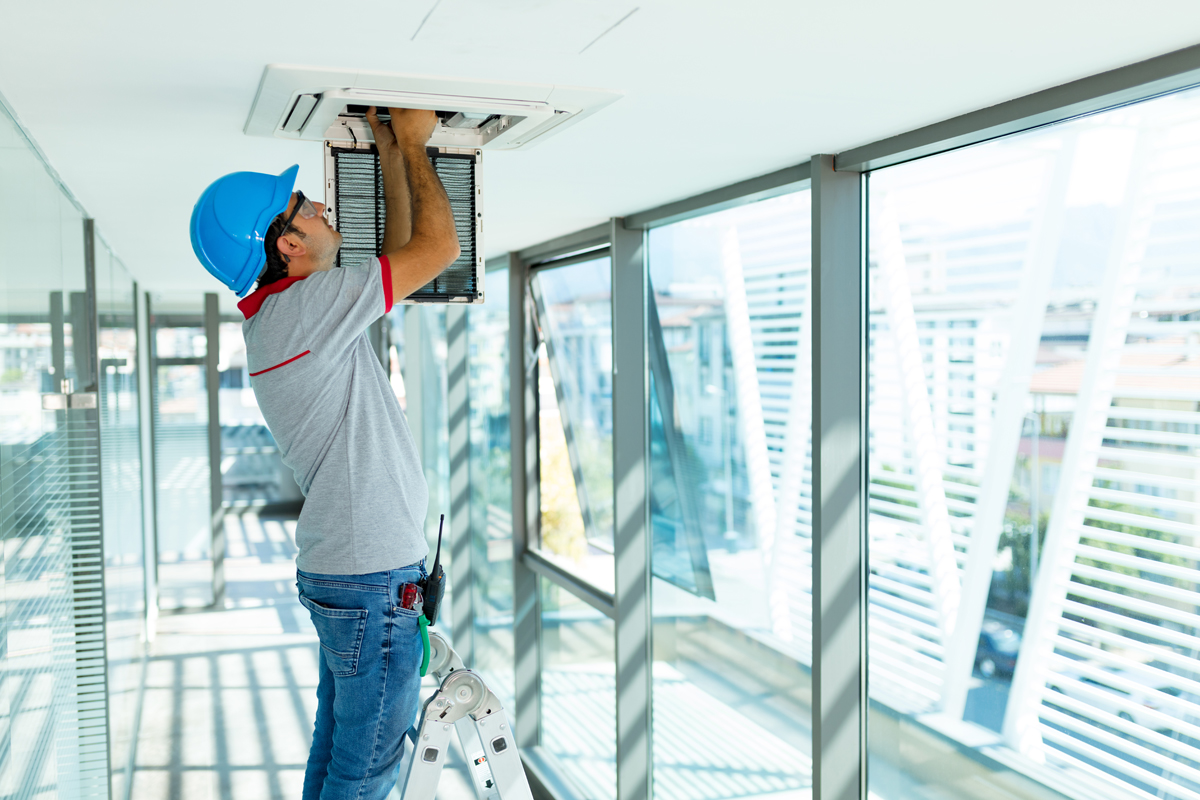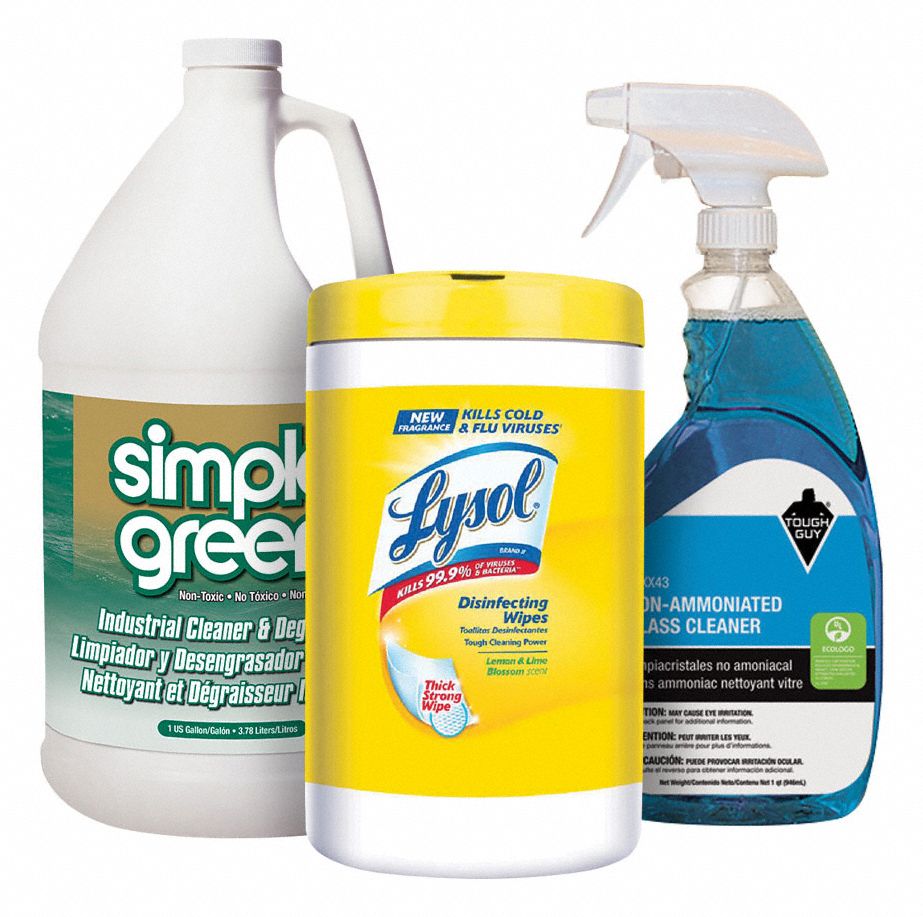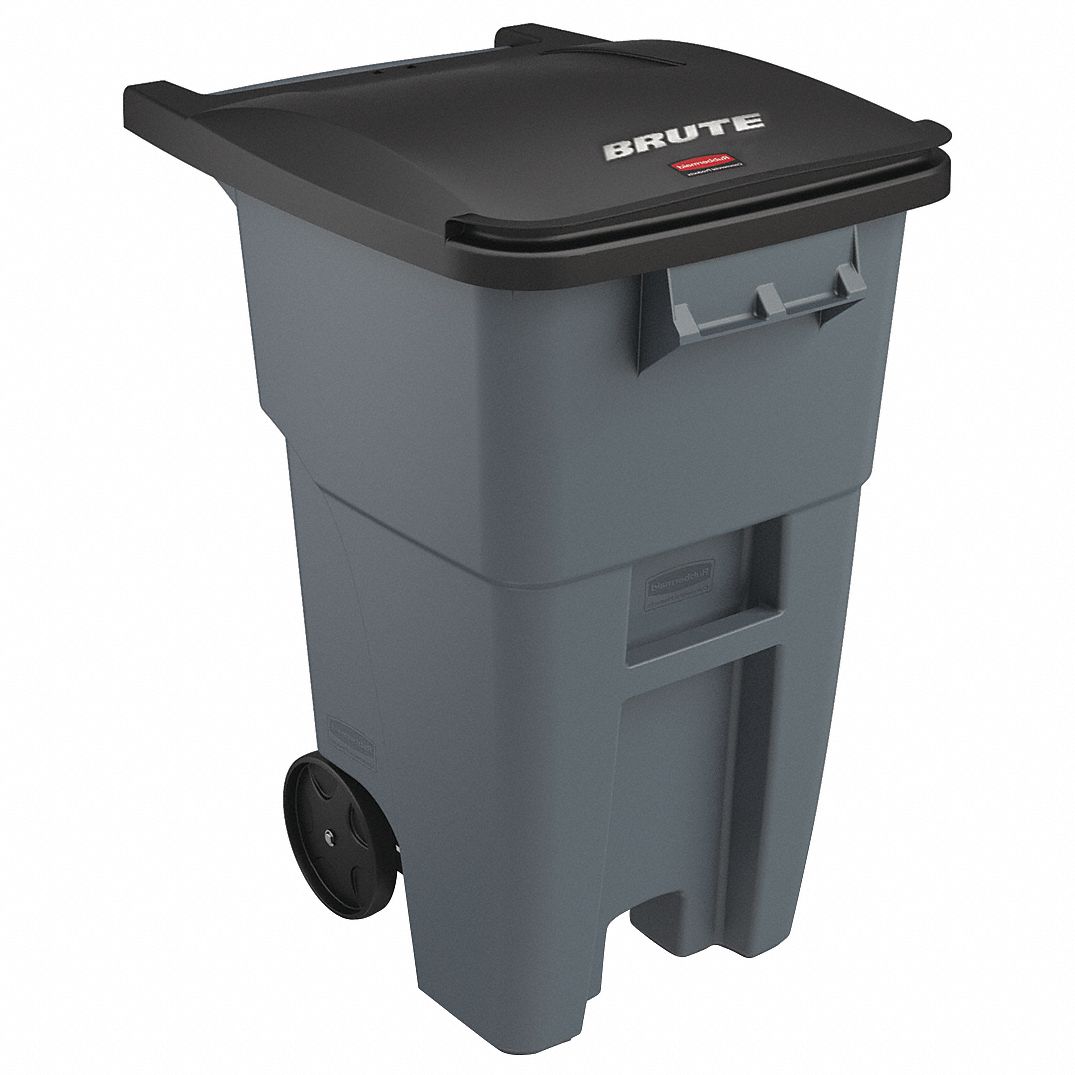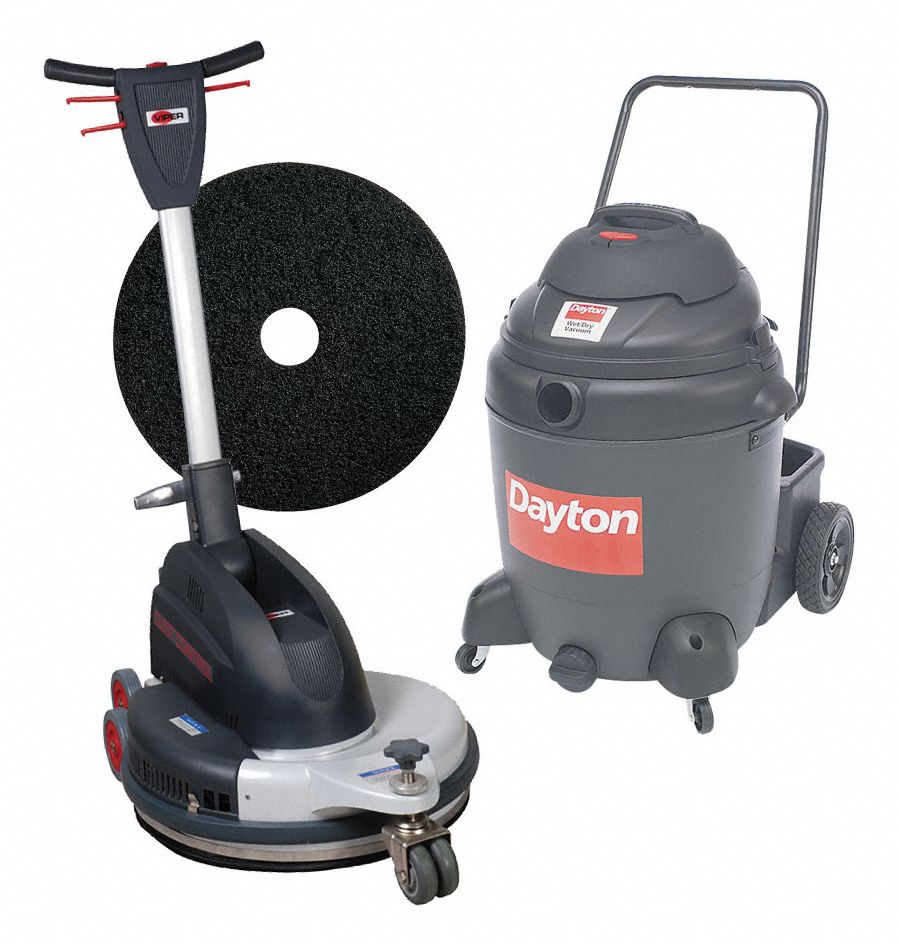

4 Challenges Facing Hospitals with Aging Infrastructures
By Grainger Editorial Staff 11/1/19


How can facility managers address the challenges of older hospitals while staying compliant and creating a safe, comfortable space for patients and employees?
Taking care of aging hospital infrastructure is no easy task. Facility managers have to maintain the systems the building runs on, while also factoring in preventive maintenance schedules. They also have to decide how and when to incorporate new technology while maintaining safety and compliance.
According to the American Hospital Association, the current U.S. healthcare system is made up of 6,210 hospitals, each of which varies in terms of physical condition. Health Facilities Management notes that healthcare facilities with strong leadership and marketing positioning have also invested in maintenance and modernization, while others have struggled to keep up.
The 2019 ASHE Hospital Construction Survey found that 23 percent of healthcare operators are either renovating or building acute care hospitals, and 22 percent will do so within the next three years. According to respondents, the key focus of their renovations included upgrading air handlers/ventilation (for 34 percent of hospitals), replacing or upgrading security systems (28 percent) or updating plumbing fixtures and piping (22 percent).
Addressing Challenges with Older Buildings
Operating older buildings is becoming a focal point for hospital maintenance managers. ASHE reports that hospitals face struggles when raising the capital they need to maintain their facilities. The median age of plant (AoP)—a financial ratio that measures how well a hospital is maintaining its facilities—has increased over the past two decades.
Keeping these facilities safe and operational requires a dedicated approach that goes beyond just “fixing what’s broken” and hoping that the rest of the operation stays up and running. “One of the first things that facility managers should do is capture information about their existing systems and see where they’re at in terms of current regulations and compliance,” says Matt Keahey, National VP of Operations at Medxcel, whose healthcare portfolio includes 162 hospitals.
“From there, you can begin to prioritize your capital from a break/fix, immediate need to repair basis and over to a more proactive and predictive mentality of replacement," says Keahey.
Four Areas to Watch in Hospital Infrastructure
Here are four areas in an aging healthcare facility for facility managers to focus on:
1. Building Integrity
To be one of the 70 percent of U.S. hospitals currently accredited by The Joint Commission (TJC), healthcare facilities must comply with codes and meet other requirements as specified by TJC. Mechanical, electrical, plumbing, elevators, flooring and even general upkeep are all factored in and must be maintained in order to stay accredited.
Keahey tells facility managers to pay special attention to the integrity of the building itself. The building façade, for example, is a critical component that can be maintained via patch repair if budgets are tight, reducing the strain on mechanical systems. Keeping mechanical systems in good working order is also important.
“The regulations regarding exchanges and infection control requirements have become more strict, so we spend more time looking at these critical systems,” says Keahey. “We must provide an environment that's safe for patients.”
2. Preventive Maintenance
In a hospital setting, systems have to be up and running 24/7 to make it comfortable and safe for patients and employees. Rather than waiting for systems to break down, facility managers should use preventive maintenance programs that include regular checks, tests and actions that lessen the likelihood of equipment failure.
“Hospitals need extensive preventive maintenance programs,” says Keahey. Medxcel’s preventive maintenance approach focuses on both primary and redundant systems. “The critical systems are there for patient safety and the redundant systems are there to work in a time of failure to the primary system. You never want to be without a critical system at a time when a patient is on a surgical table.”
Using a combination of internal talent and reliable third-party providers, Medxcel educates its employees on the latest preventive maintenance skill sets via onsite training, while also leaning on outside experts as needed.
3. Technology
Using the right technology, facility managers can gather, assess and retain data about the structures that they’re responsible for. When conducting an annual facility assessment on an aging building, for instance, facility managers must consider both the current and future state of the systems that keep it running.
“An assessment by nature is great, but if the right technology isn't being utilized, it’s only valuable at the point and time that it’s done,” Keahey points out. “As your building continues to age, you need to be able to incorporate that information in a more dynamic system to determine what’s actually occurring, what to fix and how to deploy capital dollars to the right asset.”
In 2018, Medxcel conducted roof assessments on about 375 of its healthcare facilities. As it worked through those assessments, the company was also performing leak repairs on the roofs. To cover both processes simultaneously and get a complete picture of its operations, the company integrated its work order management system with the assessments it was conducting.
“By gathering data and integrating it with our work order management system, we've been able to shift our roof replacement approach from a complete replacement program to a focused 80 percent restoration program/20 percent replacement by utilizing the data that we have gathered on how the roof systems are actually performing,” says Keahey. “We can now take the same capital dollars, improve the conditions across a wider spectrum and ensure safety and integrity for our patients.”
4. Safety
Keeping patients and staff safe is always a number one priority, especially during extreme weather events, which can be especially challenging in older facilities because of their older HVAC systems and aging infrastructure.
Keeping geography in mind, different regions of the country experience different climate impacts. “In northern areas, where some of the polar vortexes have occurred, the need to ensure the safety and integrity of our systems from freezing is critical,” Keahey explains. “In southern regions, whether it be a cold snap or a hurricane that hits the coast, we have to respond to those different needs and dynamics accordingly.”
The hospital is viewed in a community as a safe-haven, therefore it is critical that during a weather event or natural disaster the doors of the hospital remain open to care for patients and the community in need. Because of this, Keahey says the top priority is always on maintaining building safety and integrity. He credits the facility’s ongoing, preventive maintenance and preparedness approach with helping to enable caregivers to save lives during these times of crisis.
In older buildings, addressing issues like structural stability and energy efficiency can all help extend the useful life of the structure while helping to ensure the safety of its occupants.
Hit the High-Impact Areas First
To facility managers who oversee aging buildings, Keahey says a good first step is to document the many different critical components that make up the building. Include elements that you see (e.g., roofs, walls, windows, floors, elevators, etc.) and those that are hidden (mechanical, electrical, HVAC, and other core systems). Do a thorough assessment of each, determine which of them requires the most attention, and then prioritize budgets based on that ranking.
“Ideally, you'd want to replace those systems that would be the most impactful to your patients and that drive revenue to your facilities first while also ensuring compliance with regulatory requirements for air exchanges and other life safety systems, as required by code," says Keahey.
From electrical to HVAC to plumbing, the systems that healthcare facilities rely on have to keep operating efficiently. By proactively managing maintenance and quickly addressing repairs, healthcare facility managers can help ensure their structures are compliant, maintain accreditation and help keep occupants and employees safe.
![]()
The information contained in this article is intended for general information purposes only and is based on information available as of the initial date of publication. No representation is made that the information or references are complete or remain current. This article is not a substitute for review of current applicable government regulations, industry standards, or other standards specific to your business and/or activities and should not be construed as legal advice or opinion. Readers with specific questions should refer to the applicable standards or consult with an attorney.











